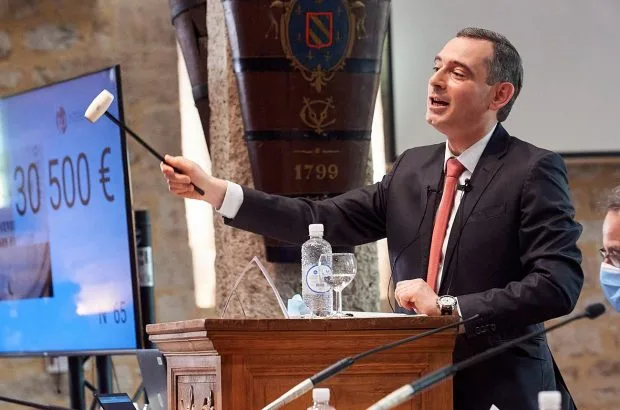What was Burgundy like in 1919? Few if any tractors in the vineyards, just horses and people with hoes. Wikimedia Commons
I was recently fortunate to taste a very, very old wine, I think the oldest unfortified red wine I’ve ever tasted, a 1919 Chambertin. Yes, a grand cru Burgundy, 105 years old, vintaged in the same year my late father was born.
The most intense feeling, though, is the sense of wonder that a mere beverage made from a fruit could have lasted so long and still be so pleasing to drink.
This wine was brought to a recent Front Bench dinner, by a friend who has been buying interesting old and rare wines for several decades and has a great cellar. He bought it from a Sydney auction (Geoff K. Gray’s) and recalled it had a neck-tag saying it had been re-corked in the 1970s—presumably in England by Sotheby’s, the auction house. There is no record of who made the wine, whether negociant or domaine—but most Burgundy in those days was negociant wine. The label was a square of white paper with the Sotheby’s letterhead and London address. Although it was stained and faded, the only identifying words on the label could still be read: ‘Chambertin 1919’.
The bottle appeared to be original: an old-fashioned shape in dead-leaf green with a very deep punt.
What did it taste like? The colour was still good and remarkably deep (old Burgundies can get pale with extreme age). Very complex and
This Article was originally published on The Real Review






